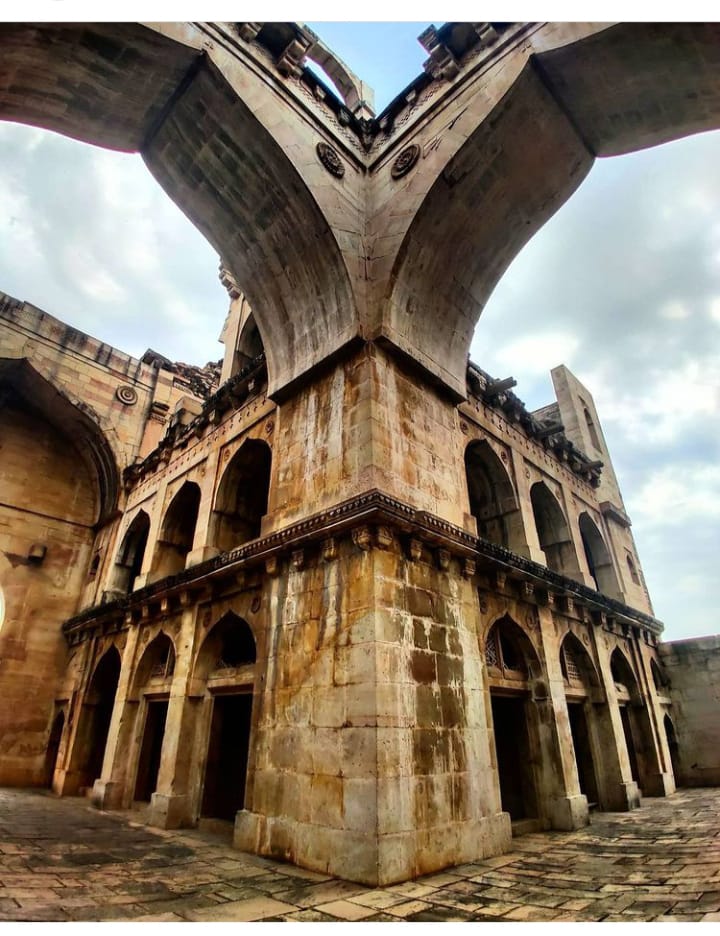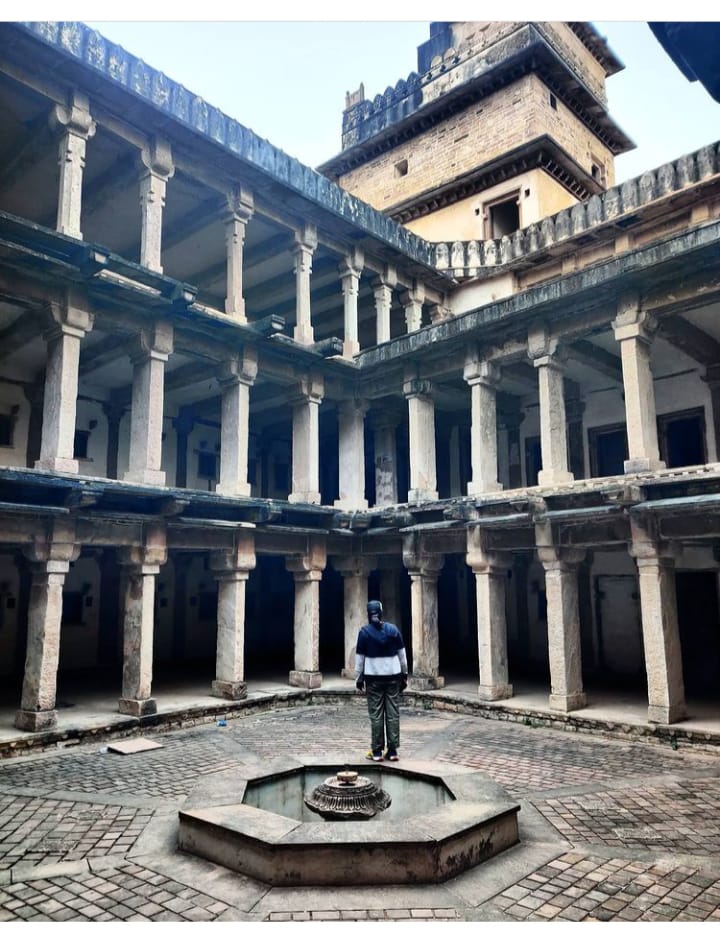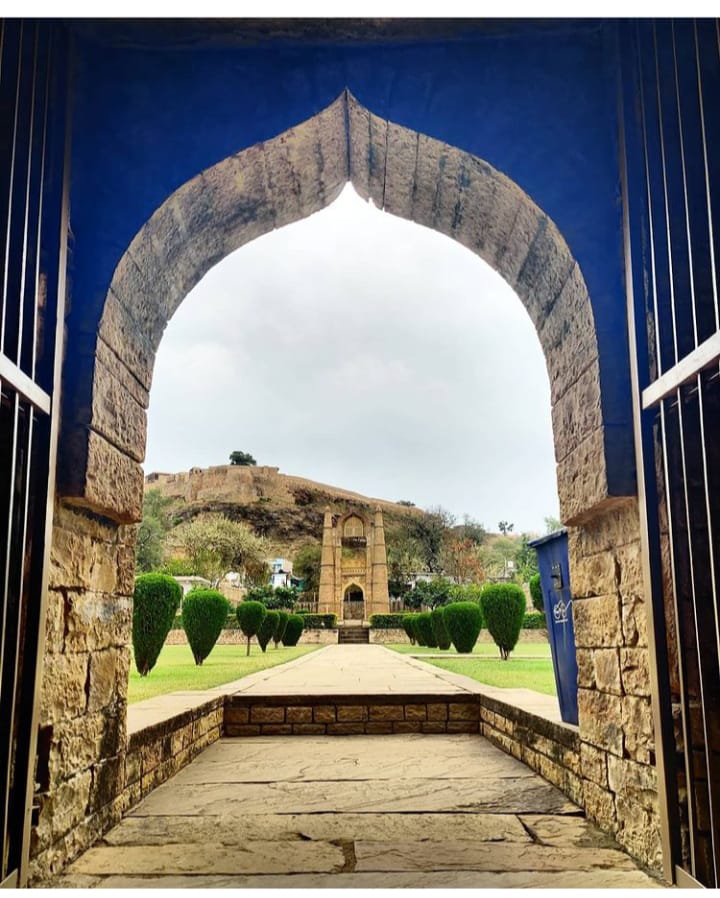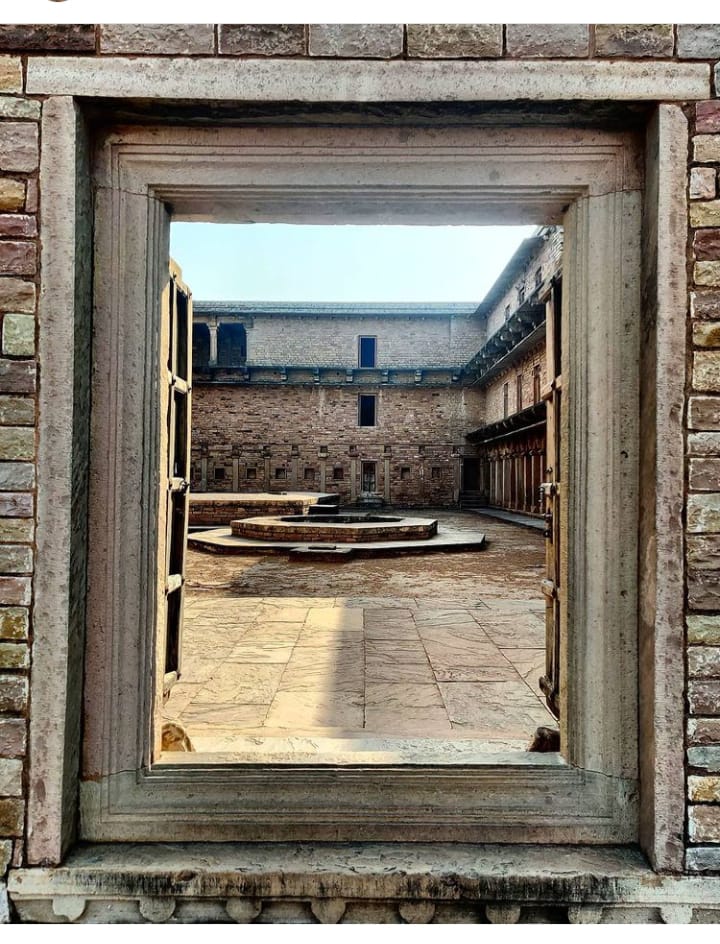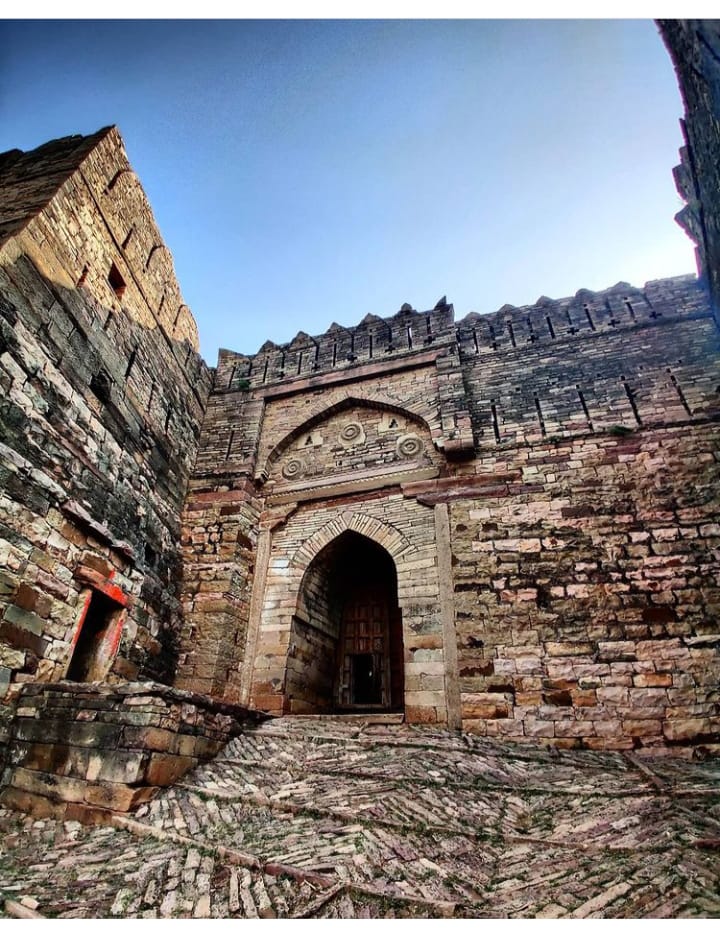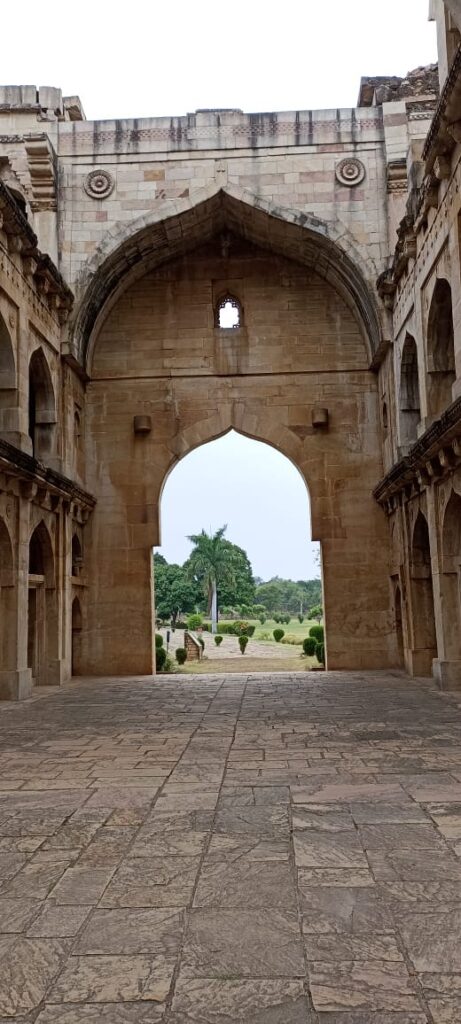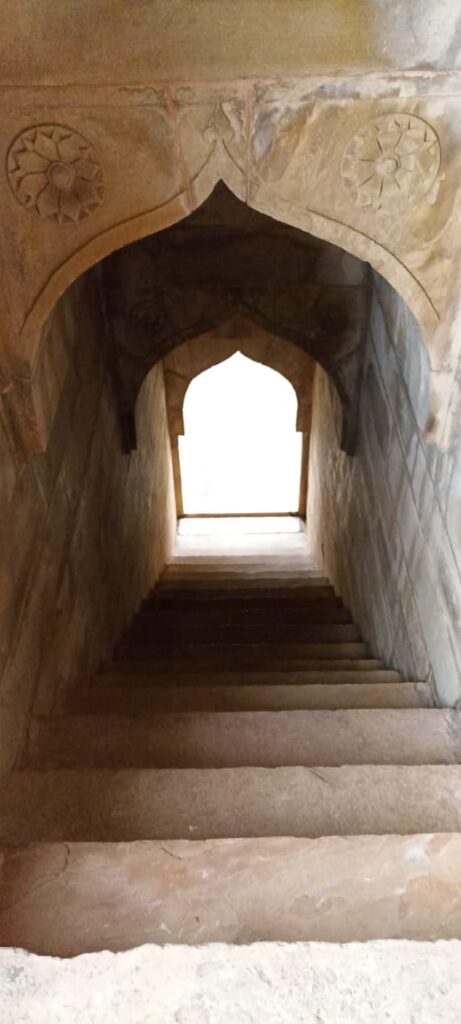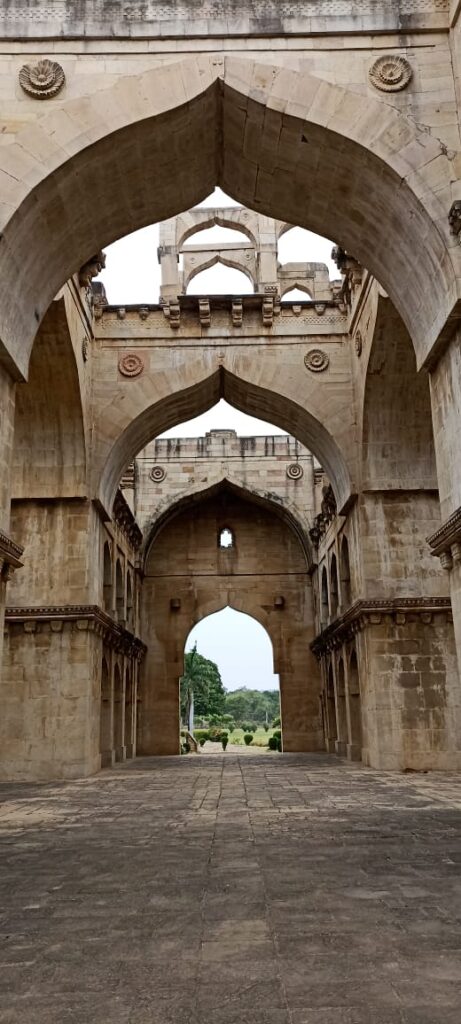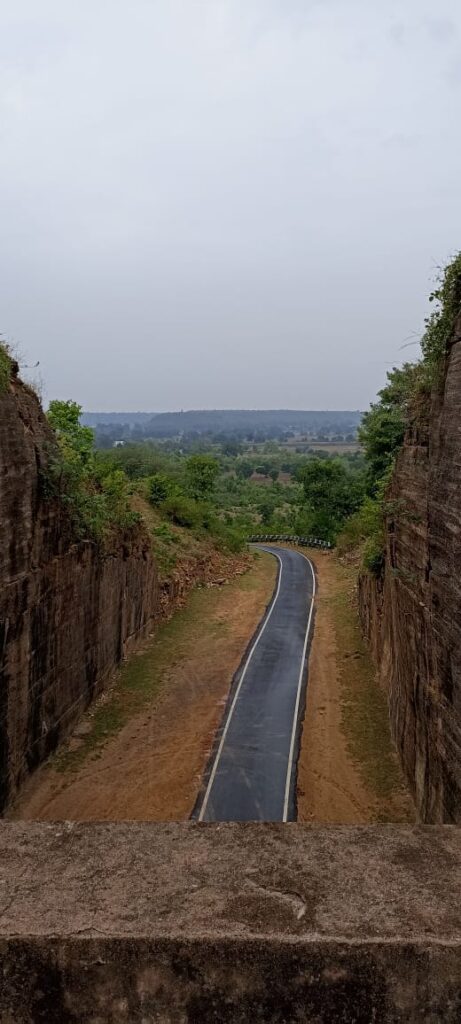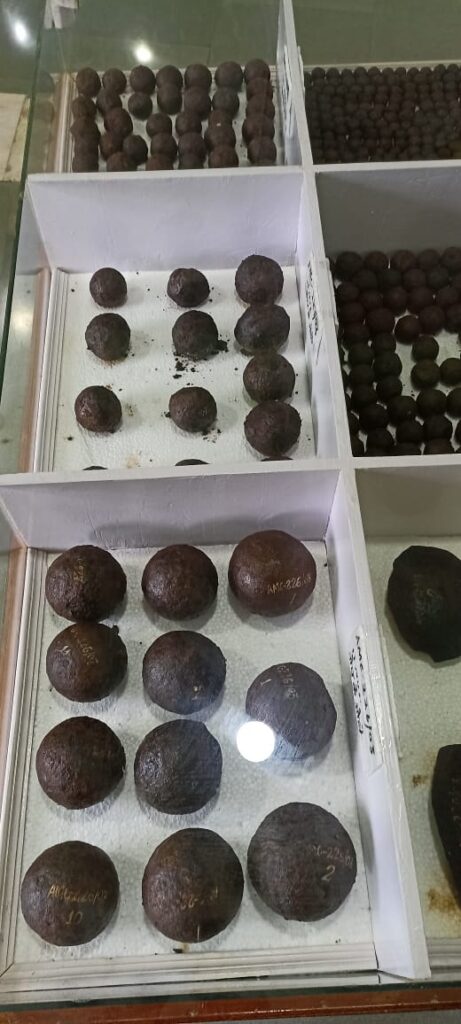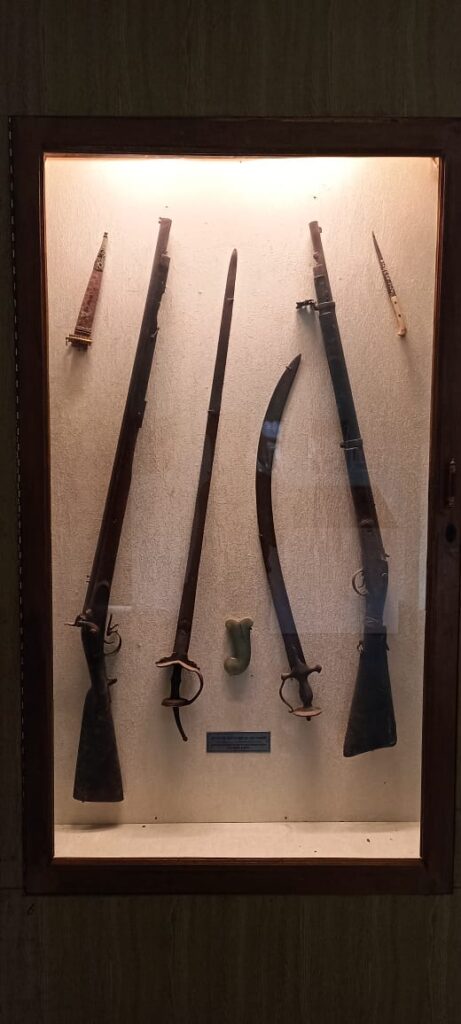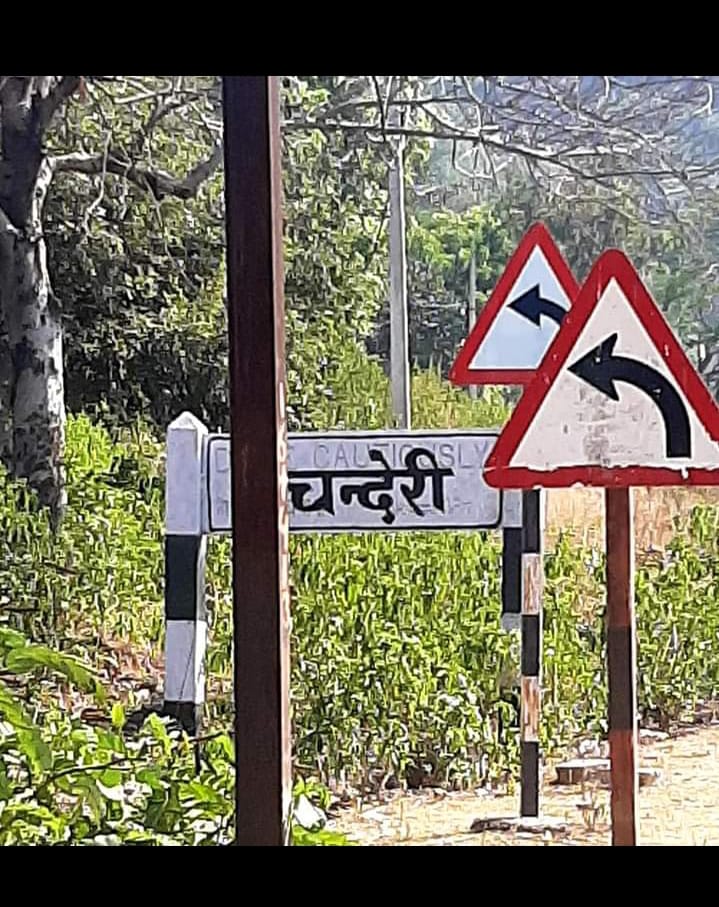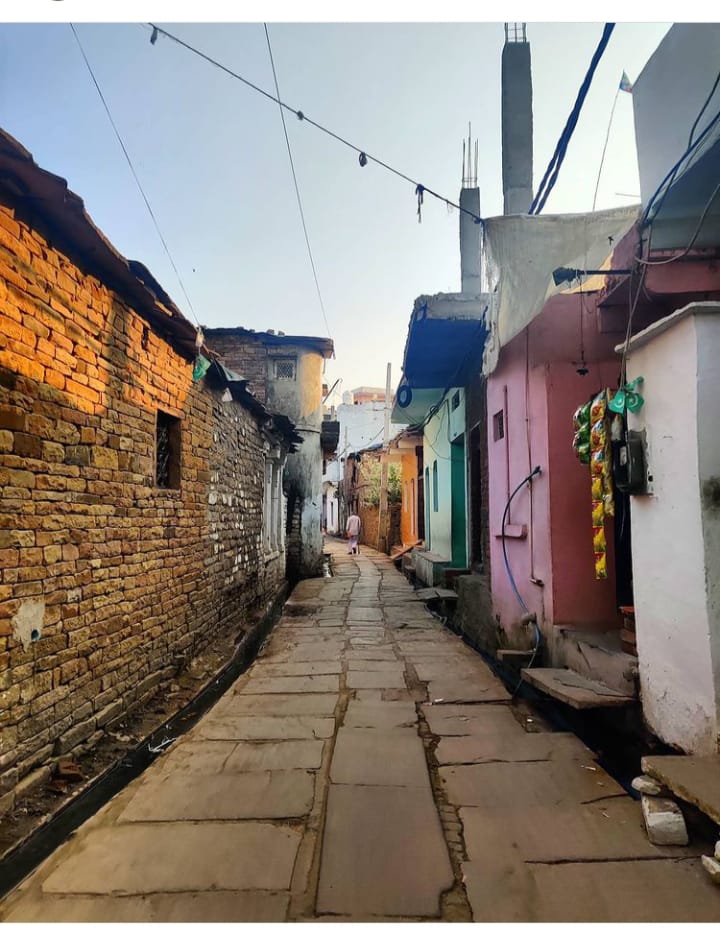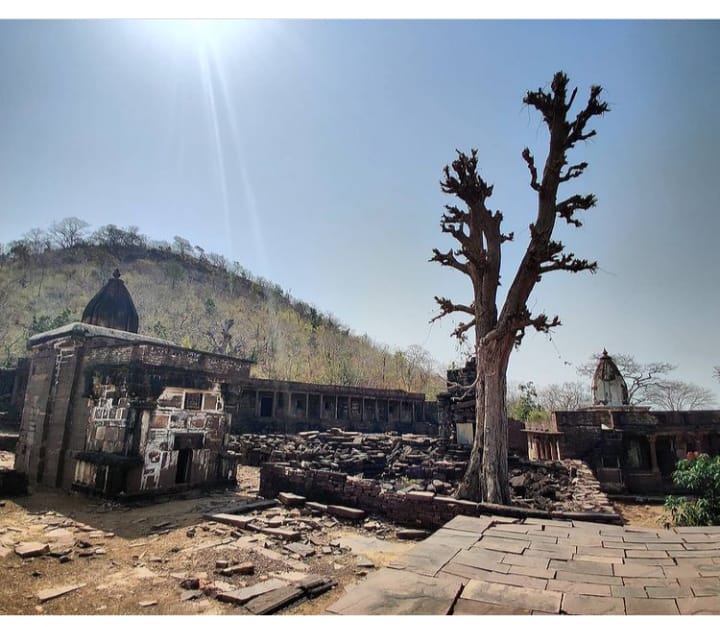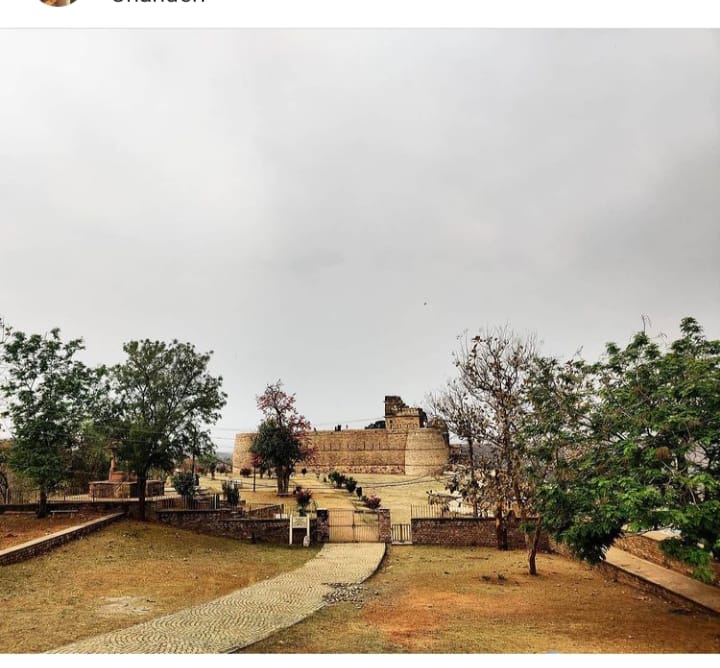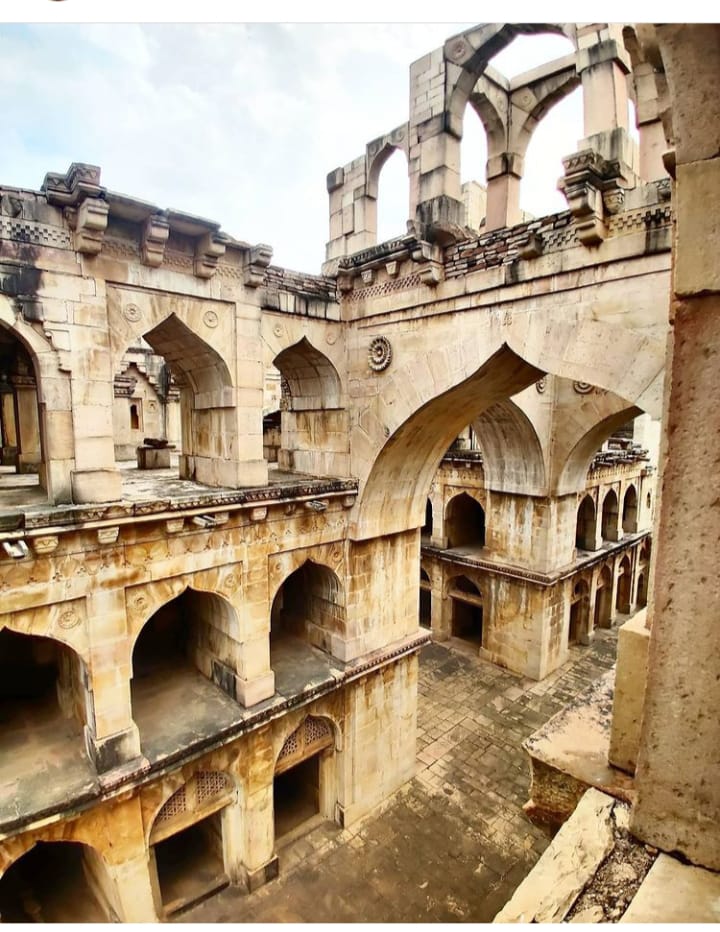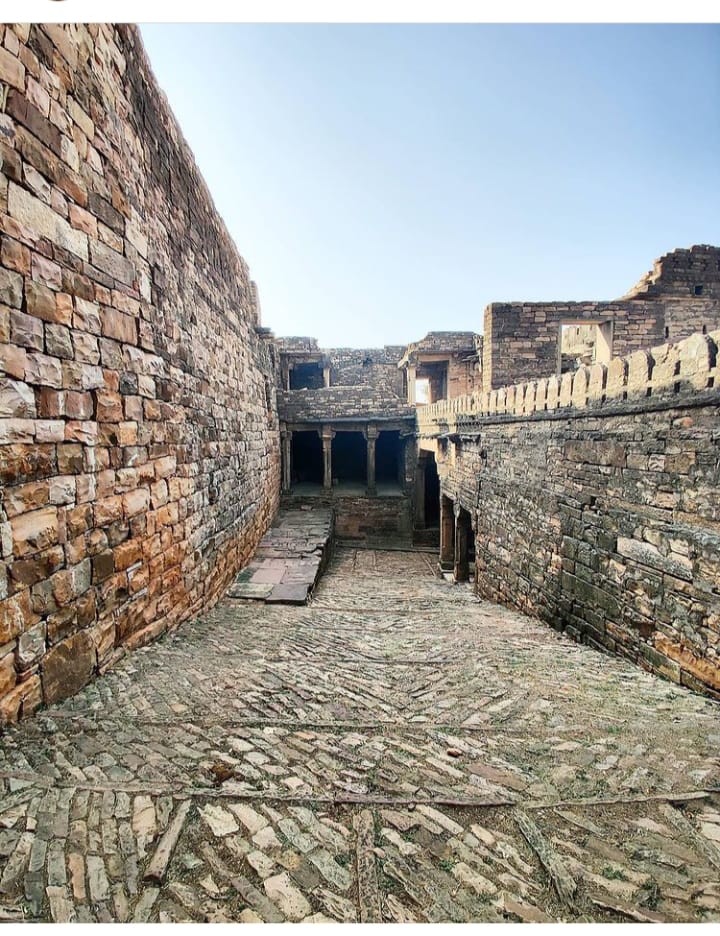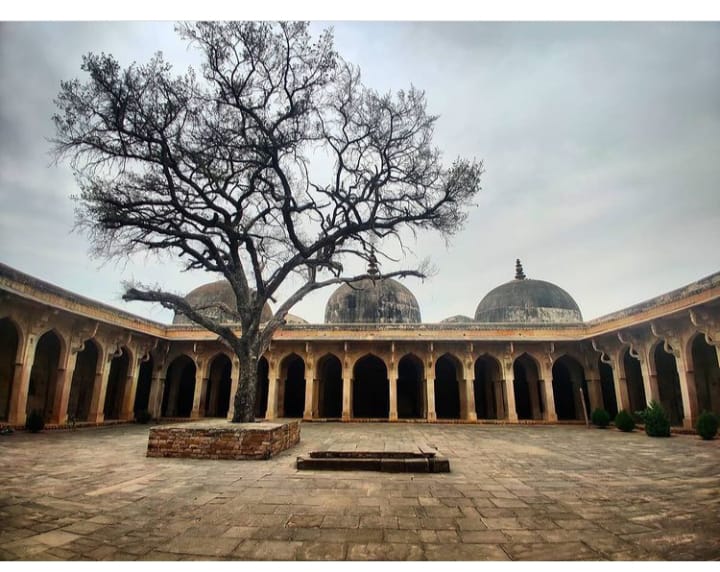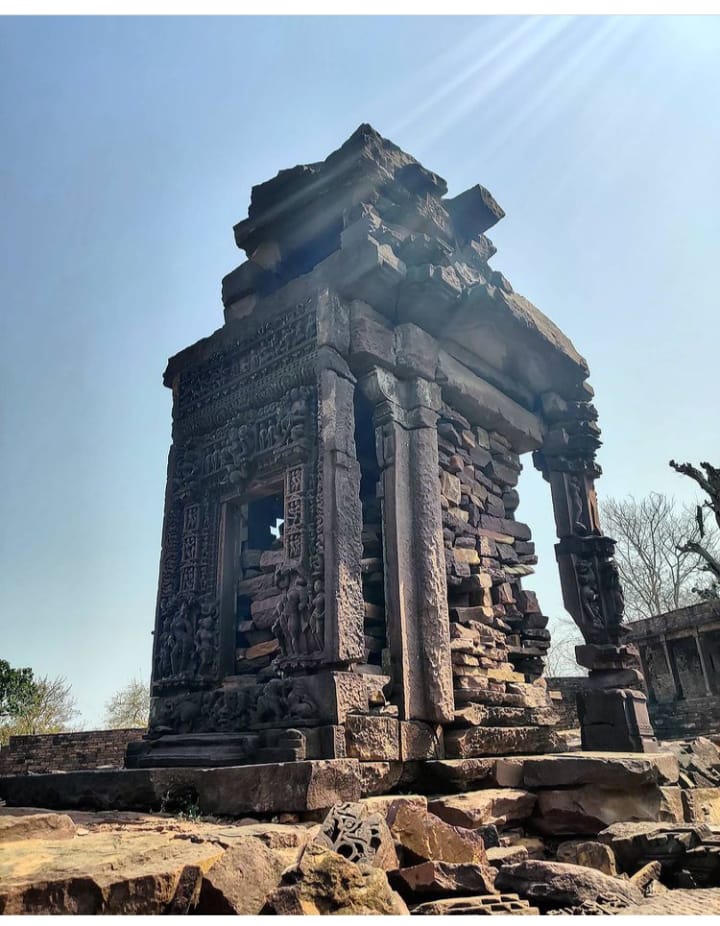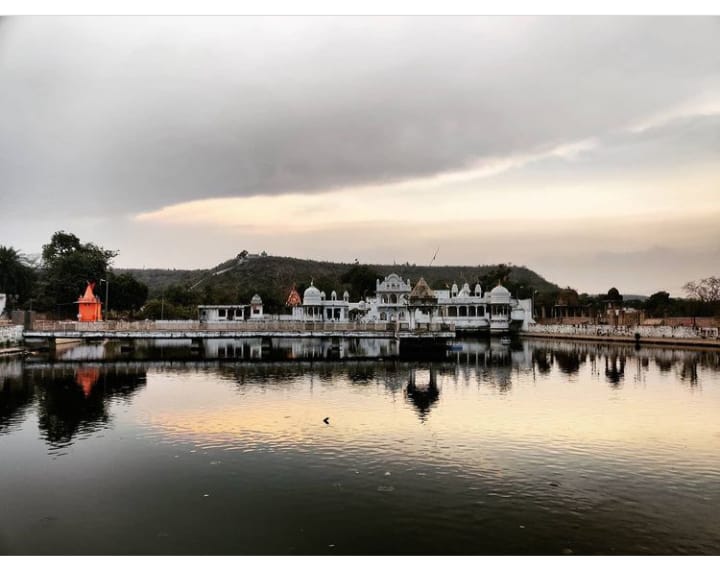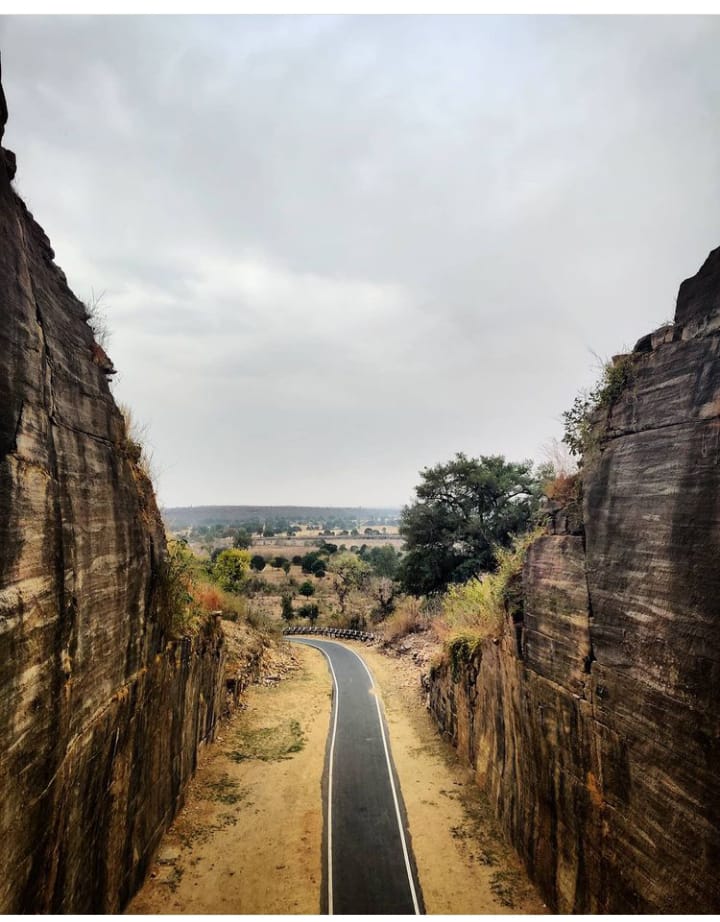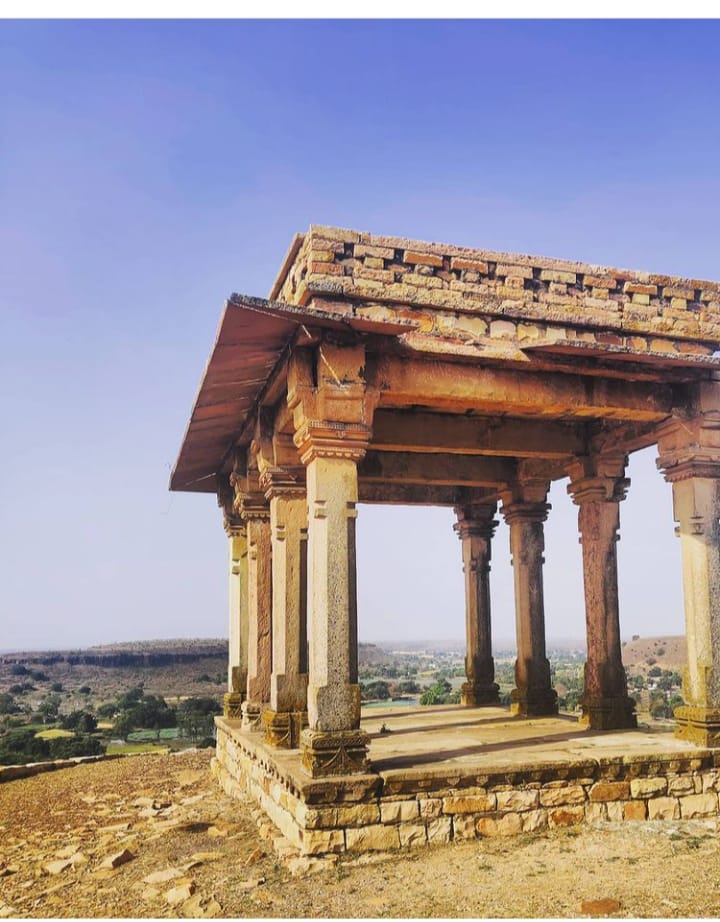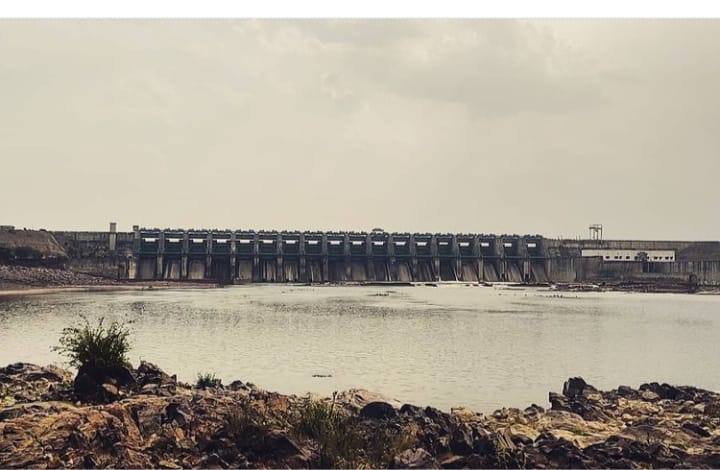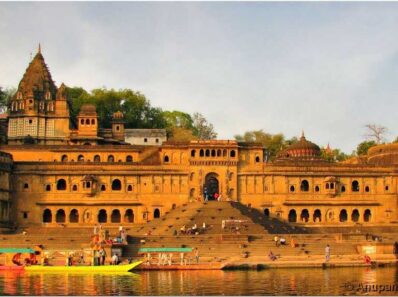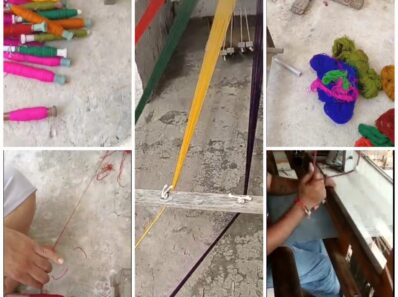Chanderi, a princely city in Bundelkhand is surrounded by Vindhyachal range of mountains. It is also placed between Bhopal and Gwalior cities. Chanderi is rich with its heritage and monuments. Once the main center of trade it witnessed numerous wars and rules of many dynasties. Major rulers were Malwas, who built much royal architecture in and around the city. Babar who ruled for a longer period also built various monuments. Number of lakes, bawari’s (well), Havelis and much more are present in chanderi to this date to tell a story of its interesting history. The caves in chanderi have mysterious proof of tools and paintings used by adimanav. Isn’t that thrilling? Number of foreigners visits Chanderi on a regular basis to see its beauty. Surrounded by rivers like Betwa and many more Chanderi is a mesmerizing place surrounded by forests and hills. Jain temples are a major attraction and many Jain devotees visit the city yearly.
The Fort
Mughal Fort is a major attraction. The vast fort was built on a 200 meter high hill during the Mughal period. Its main gate is known as the “Khooni Darwaza”.
Koshak Mahal, Badal Mahal Gate, Jama Masjid, Shahzadi Ka Rouza, Parameshwar Tal, Battisi Bavdi, Buddhi (Old) Chanderi, Thruvanji, Archaeological Museum of Chanderi are other major attractions.
Handloom Unit
Handloom weaving in Chanderi was revived by Scindia family. Chanderi fabric with real gold and silver was only woven for Royal families. In 1900s under the rule of Scindia family they kept the handloom weaving alive by making it popular amongst Peshwas, Holkar family, Malwas and other. After the downfall of many Royals, in 1909 they formed a training centre and trained weavers to make the fabric and sarees for common people. The training center is still working with Govt Support. There are more than 4000 bunkars in Chanderi that operate as per the demand. The bunkars have been using the same technique and quality of yarn that was being practiced 5000 years ago. There is involvement of machinery, chemicals and synthetic fiber while making these beautiful sarees. While making these sarees the warp may involve 4000 to 70000 threads depending on the quality of fabric desired. The whole process of preparation of yarn from cotton and silk to the weaving of fabric is very lengthy and tedious. It requires great patience, expertise and dedication. Weaving these sarees with threads minute than a hair strand is nothing less than meditating for days together. Raja Rani mahal is a major monument built in 17th century that has been restored by INTACH and used by many SHGs for weaving. Houses in Chanderi are made with mud and big, flat slabs which are long lasting and Eco-friendly. Generally all houses are white in color that makes the light reflect and brighter each wall. The main room is broad and long to accommodate the 9 to 10 ft loom. Chanderi sarees need special care with dry cleaning and keeping in cotton cloth.

Chanderi sarees were exported to west in 2nd century BC. The motifs on chanderi sarees are both traditionally carried forward as well as inspired from the monuments in the city. Raw material is procured as per the design and the yarn is then dyed several times till the desired color is obtained. After dying they are sun-dried. These bundles of yarn are then de-tangled and made suitable for the warp and the weft. The charkha is used to roll the threads in to the small rolls called bobbins. Warping or preparing the Tana is a lengthy procedure. For this the yarn is shifted on the arrangement of two sets of bamboo sticks 50 ft apart. After every 6ft the warp is tied with threads to avoid tangling. Entire family contributes for preparation of warp roll. Once ready the threads are rolled on a wrap roll. Generally this process is done for 12 sarees at one time that is 70 meters of length. The warp roll is then placed on the extreme end of the loom and threads are attached to the leftover thread from previous work. The loom is now ready for the weaving. Weaving involves three different actions being carried out simultaneously. The right hand operates the string that provides the motion to the shuttle that carries the bobbin weft across the threads of the warp. Left hand provides up and down motion to the wooden frame to guide them in their respective places of warp and weft. The motion of the legs helps in interlocking the threads of warp and weft. After completion the fabric is taken off the loom and cut. The looms used are jacquard looms with design cards placed in them. The days required for weaving a saree depends on the design of motifs. Some sarees are completed in few days whereas others take up to 3 months. The traditional motifs like Nal Pherna are now distinct and are no longer weaved due to lack of finance and demand. The handloom industry after decline in 1960s was revived with the support of Govt. of Madhya Pradesh. The government formed cooperative societies and gave them looms on subsidy. It tied up with designers from institutes like NIFT and introduced contemporary designs as per market demand. That increased the demand and created market. After 1980s Chanderi sarees were preferred by various groups. Now with demand from foreigners and locals as well weavers are in a better position.
Colourful Sarees weaved in chanderi exude the freshness and charm of this royal heritage city. Light as air, soft, transparent and lustrous, chanderi sarees make the wearer nothing less than a queen!!
Click here to see our Chanderi Collection!


